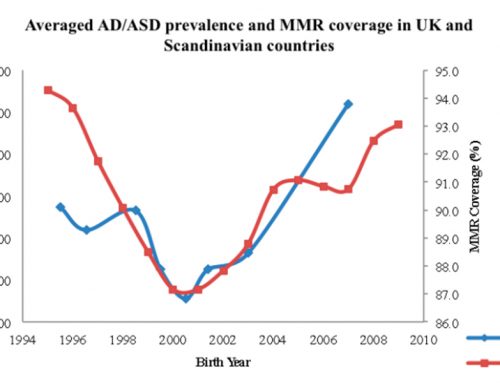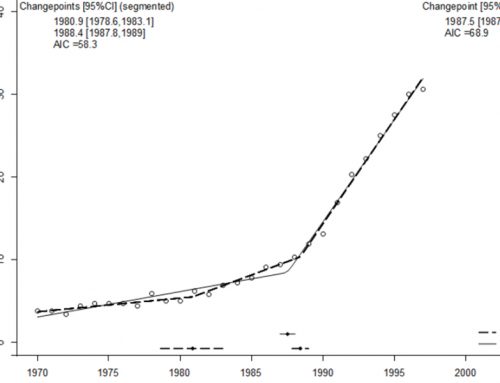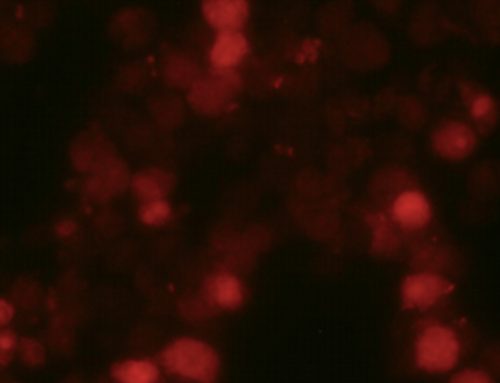Insertional Mutagenesis and Autoimmunity Induced Disease Caused by Human Fetal and Retroviral Residual Toxins in Vaccines
Why this study matters!
Objectives:
- Understand vaccine manufacturing and cell substrate residual contaminant levels.
- Gain knowledge regarding species specific insertional mutagenesis and autoimmunity.
- Understand the relationship of these pathological processes to current childhood disease epidemics including autistic disorder, leukemia, lymphoma, intellectual disability, schizophrenia and bipolar disorder.
Summary:
- Contaminating DNA levels in the rubella, mumps-measles-rubella, chickenpox and some hepatitis A vaccines available in the US well exceed the current World Health Organization guidance of less than 10 ng cell substrate DNA per vaccine dose.
- The DNA of the aforementioned rubella vaccine was fragmented into short pieces of approximately 215 base pairs (in average) in length, a length ideal for cellular uptake and genomic integration.
- Some of the chicken pox and measles/mumps/rubella vaccines are also contaminated with fragments of the Human Endogenous Retrovirus K (HERVK), a retrovirus that invades the genome of its host, can be re-activatable and which can facilitate the integration of stray DNA into the host’s genome.
- Short DNA fragments are known to integrate into the genome in a species specific manner and can lead to mutagenesis and/or genomic instability as well as an autoimmune response.
- The vaccine schedule exposes young children to insertion of fetal DNA fragments during a time of significant brain development.



